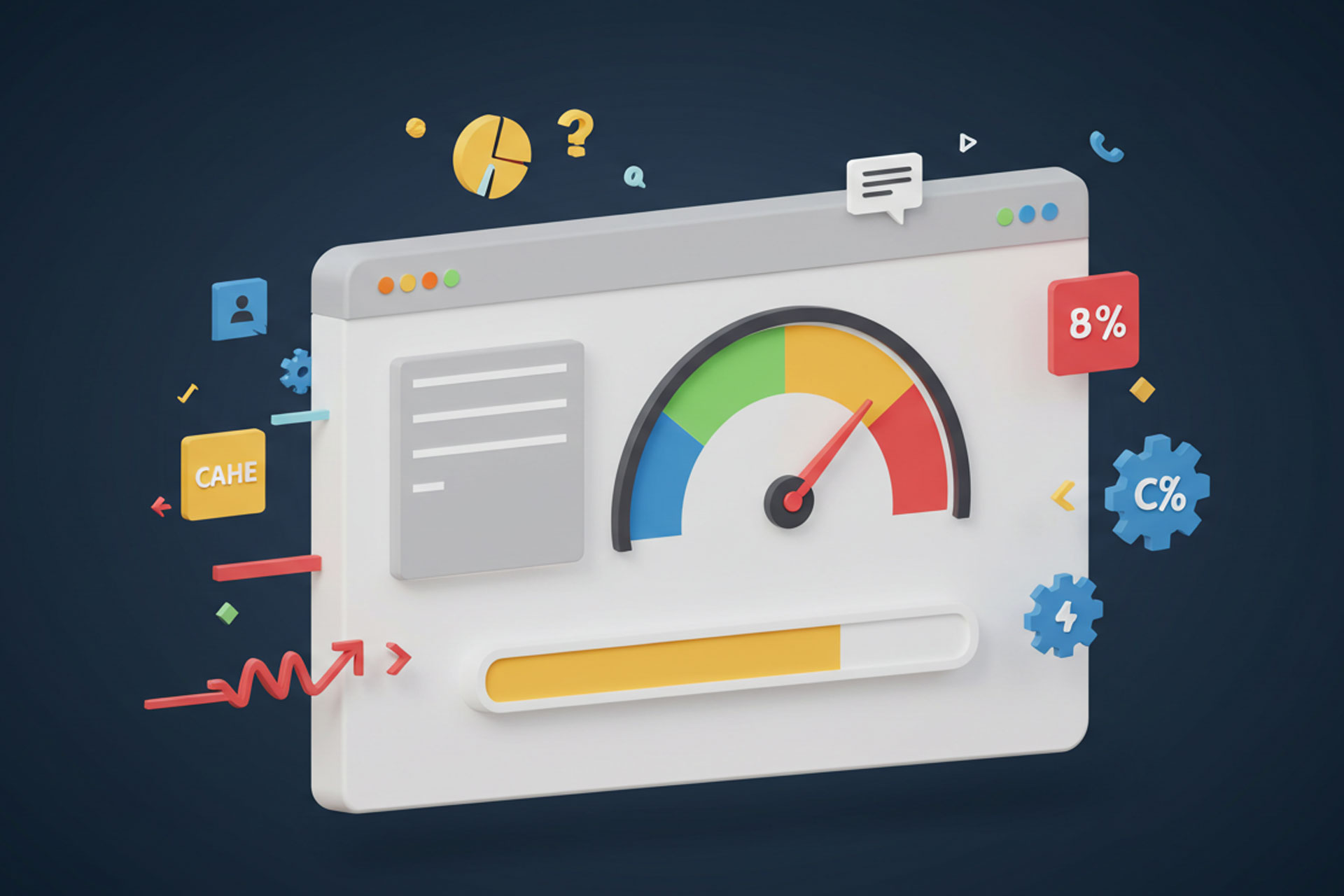
Key Factors for Improving Website Loading Speed
Website loading speed is one of the most critical factors influencing user experience and visitor satisfaction. Additionally, it plays a major role in search engine rankings, directly impacting a website’s visibility and performance.
Best Practices for Improving Website Loading Speed
Web development experts at Loop Media and across the industry emphasize several key factors that can optimize website speed and enhance performance.
1. Optimizing Images and Media Files
📌 Best practices for image and media optimization:
✔ Use image compression tools to reduce file size without compromising quality.
✔ Choose the right image formats:
- WebP for lightweight, high-quality images.
- JPEG & PNG for specific use cases.
✔ Compress videos and use external video hosting platforms like YouTube or Vimeo to reduce server load.
✔ Enable Lazy Loading to delay image loading until they appear in the user’s viewport, improving initial page speed.
2. Optimizing Code & Scripts
📌 Ways to enhance coding efficiency:
✔ Minify CSS & JavaScript – Remove unnecessary spaces, comments, and redundant code.
✔ Combine CSS & JavaScript Files to reduce browser requests and enhance loading speed.
✔ Use a High-Speed, Reliable Server – Regularly update your software and hosting infrastructure.
✔ Enable Browser Caching – Store static files locally, reducing the need for repeated downloads.
✔ Use a CDN (Content Delivery Network) – Distribute website content across global servers to reduce latency and improve speed for visitors worldwide.
3. Enhancing User Experience (UX) for Faster Loading
A well-optimized UX contributes to a better website loading speed and performance.
✔ Ensure mobile responsiveness – Your site must work flawlessly on all devices.
✔ Reduce excessive elements – Avoid heavy graphics, complex animations, and unnecessary scripts.
✔ Simplify website navigation – Provide clear links, logical menu structures, and user-friendly layouts.
4. Optimizing Server & Hosting Performance
A website’s loading speed heavily depends on server efficiency.
📌 How to enhance server performance:
✔ Choose a reputable web hosting provider with fast servers and high uptime reliability.
✔ Enable GZIP compression to reduce file sizes before sending them to the browser.
✔ Regularly monitor server performance to identify bottlenecks and optimize configurations.
5. Using Performance Analysis & Speed Testing Tools
To track and improve website speed, utilize performance measurement tools such as:
- A free tool by Google that analyzes website loading speed and provides recommendations for improvement.
📊 GTmetrix:
- Offers a detailed analysis of a website’s speed, identifying areas for optimization.
📊 WebPageTest:
- A comprehensive tool that provides in-depth insights into page load times and server performance.
Final Thoughts
Improving website loading speed is crucial for user retention, SEO rankings, and overall performance. By implementing these optimization strategies, businesses can provide a seamless browsing experience while reducing bounce rates.
For expert guidance on website speed optimization, contact Loop Media today:
- 📞 +966 55 054 8787
- 📧 Support@loop-media.co
- Visit our Contact Us page.
This article is available in Arabic. You can read the Arabic version [here].
 العربية
العربية


